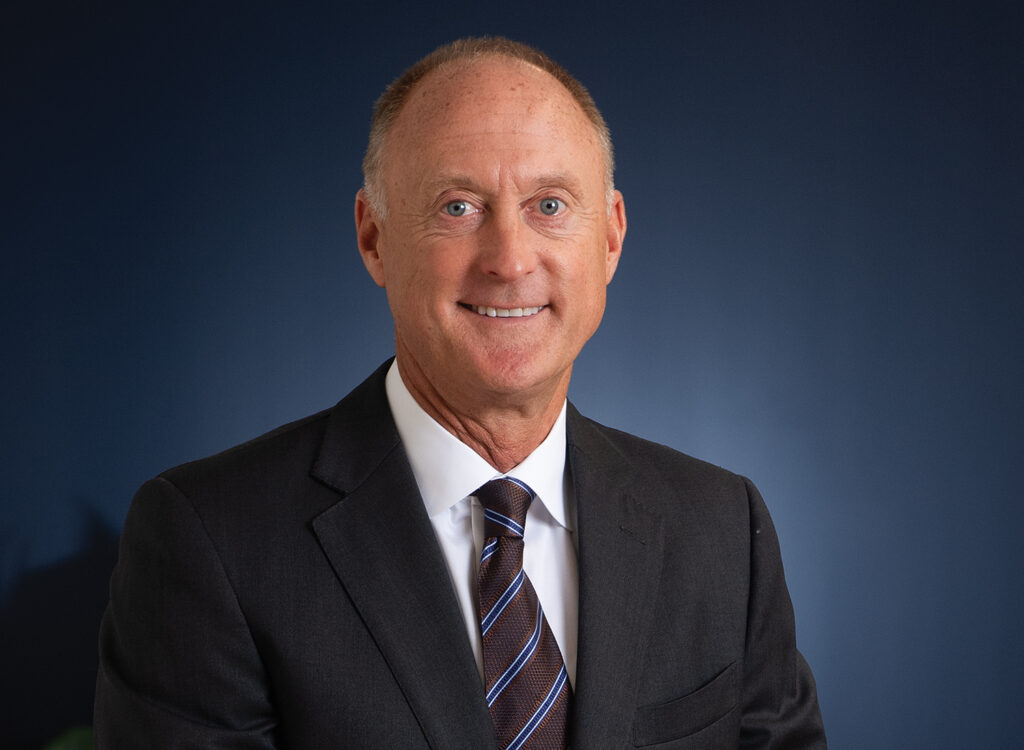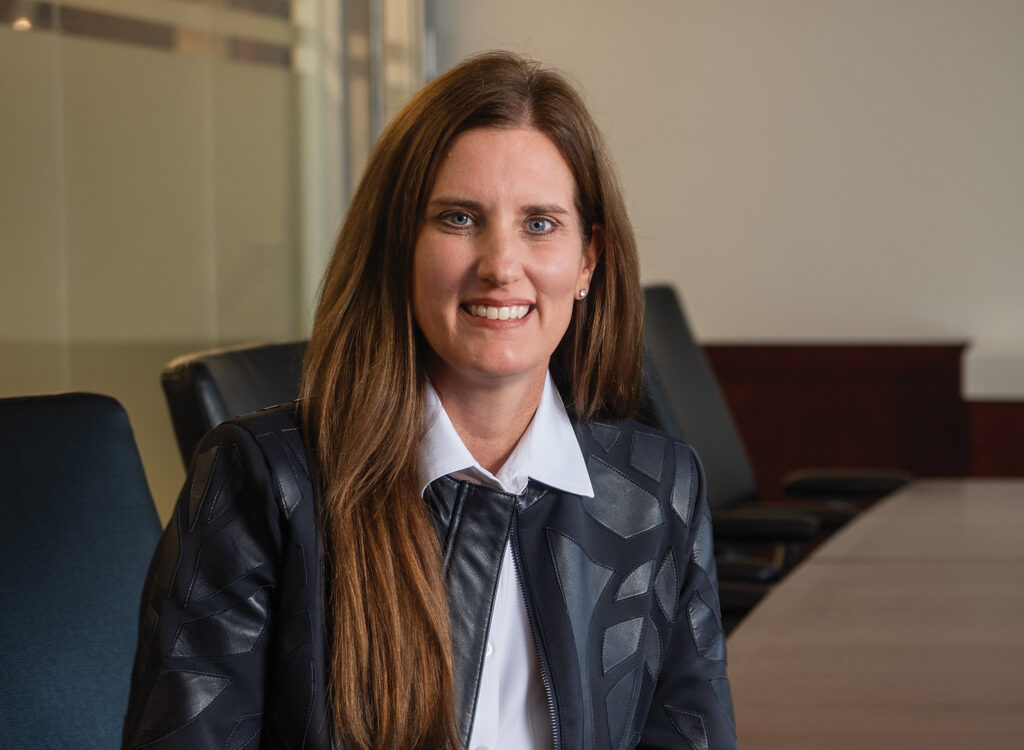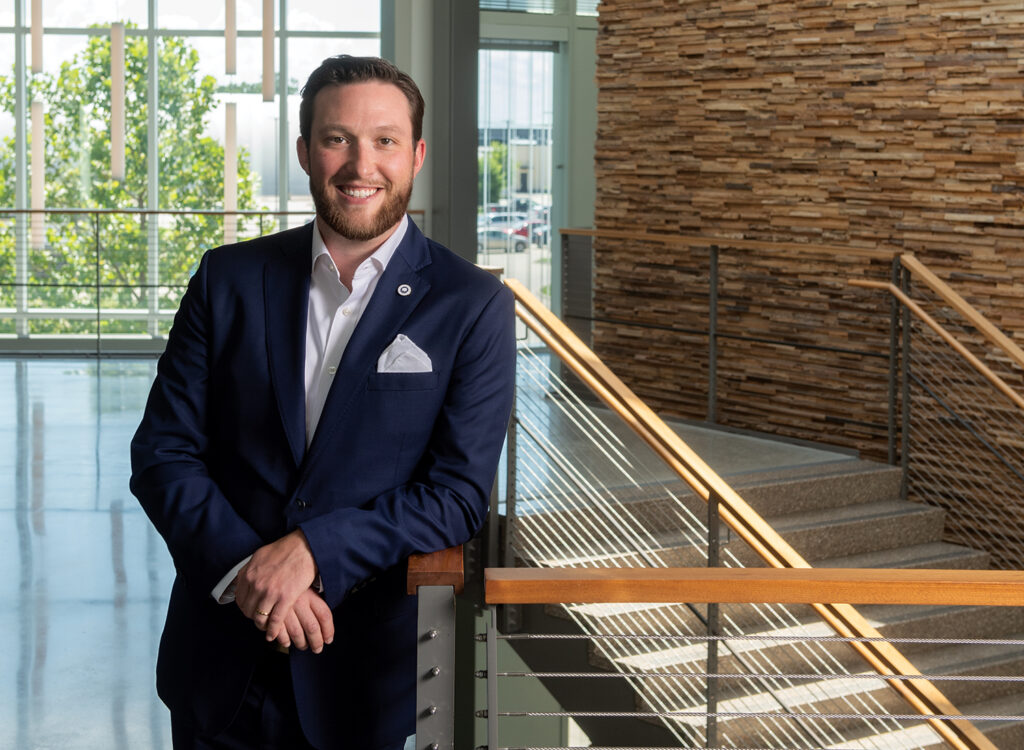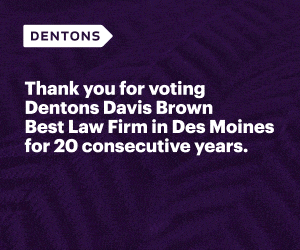University Research: CEOs who wear rose-colored glasses
Overconfident insurance leaders may counterbalance natural aversion to risk

JOE GARDYASZ May 9, 2018 | 2:03 pm
3 min read time
665 wordsBanking and Finance, Business Record InsiderOVERVIEW
Overconfidence may be detrimental in some situations, but for an insurance company CEO, it could very well be a desirable trait for the company and its shareholders, says a University of Iowa researcher.
Chief executives of property and casualty insurance companies who display overconfidence as a personality trait will tend to underestimate their firm’s loss liability for outstanding claim losses, otherwise known as the loss reserve, according to a research study to be published this summer, called “CEO Overconfidence and Earnings Management: Evidence From Property-Liability Insurers’ Loss Reserves.” Consequently, lower loss reserves reported result in higher earnings reported by their companies.
Thomas Berry-Stölzle, associate professor and faculty director of the Vaughan Institute of Risk Management and Insurance in the Tippie College of Business, co-authored the study with Evan Eastman, an assistant professor of risk management at Florida State University, and Jianren Xu, an assistant professor of business at the University of North Texas.
“The term ‘overconfidence’ sounds negative, but it’s meant to be neutral,” Berry-Stölzle said. “Every individual is to some degree risk-averse, so from a shareholder standpoint, a risk-averse CEO may not take enough risk for the company. Having a CEO who is overconfident may counterbalance the natural risk aversion that we all have. So it may actually be good to have a CEO who is overconfident, to reach the level of risk that you would like to have.”
METHOD
Property and casualty companies have a broad range of latitude in how much they set aside in loss reserves, according to the study, which builds on research that examines behavioral biases in business decisions. Recent work in finance provides empirical evidence that managerial overconfidence affects corporate decisions, including corporate investment mergers and acquisitions, dividend policy, CEO turnover, and the exploitation of innovative growth opportunities, according to separate research studies.
The researchers hypothesized that if overconfident managers overestimate the returns on their investment projects and underestimate losses, they are likely to underestimate their firm’s loss liability for outstanding claim losses. Therefore, a negative relationship between managerial overconfidence and insurers’ initial loss reserves is expected. The researchers tested the hypothesis with data from 1991 to 2014 from 40 property-casualty insurers.
Using the updated loss reserve estimate as a proxy for the unbiased expectation of outstanding claim losses, the differences between the initial loss reserve set by management and the updated estimate after five years is a direct measure of managerial accounting discretion — otherwise known as reserve error.
The study used two types of personal financial decisions made by CEOs — when they chose to exercise stock options in the company, and whether they purchased additional stock in their company — as indicators of whether the executive was “overconfident.” The study data included 317 observations from 40 unique companies.
If a CEO exercised his or her options twice in a row when the model said it would not be in their best interest, then on the assumption they were waiting for the stock price to continue to rise, they were deemed overconfident. About 60 percent were in that category. On the second measure, about 30 percent of the CEOs fell into the top quintile of added stock purchases that placed them in the overconfident category.
RESULTS
One of the report’s key takeaways is that it’s important for clients, investors and shareholders to know the CEO’s temperament, because it influences the company and its performance as a whole, Berry-Stölzle said.
The results of the research have been presented at several academic conferences and underwent three rounds of revisions in preparation for being published in the journal.
Notably, none of the research yet makes any specific claims about how the decisions happen, Berry-Stölzle said. “It may be in an indirect way — that the CEO sets the tone and creates the culture that leads to these outcomes,’ he said. “It’s first of all interesting that this link exists. Future research needs to figure out what’s actually going on in the company to see how this link works.”









